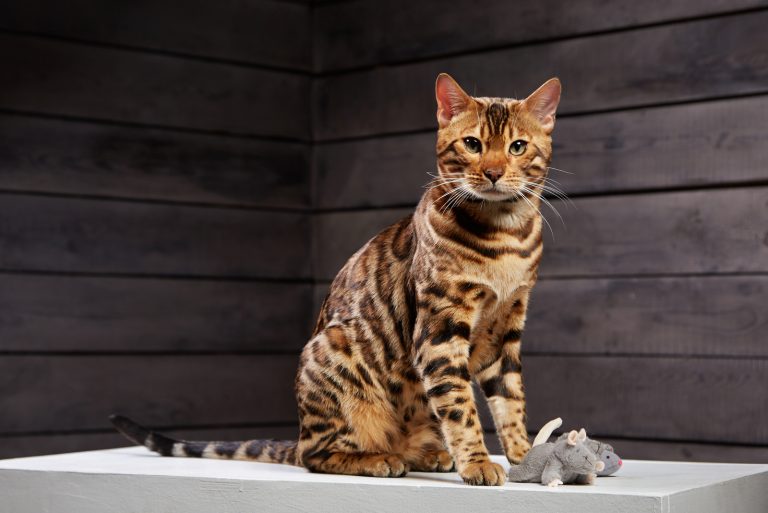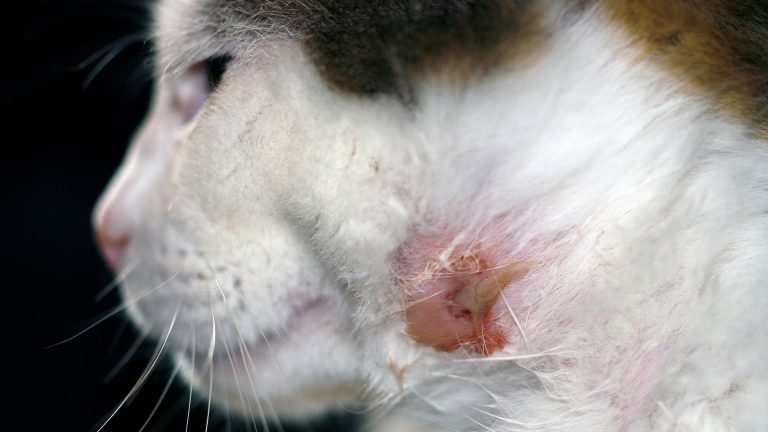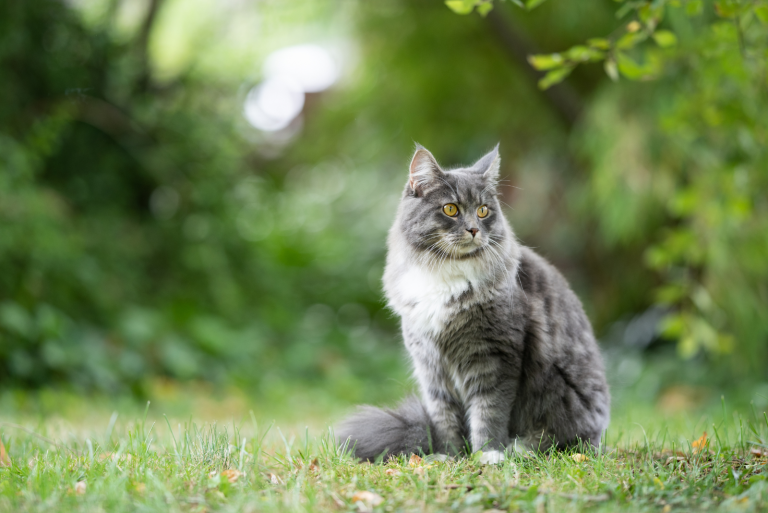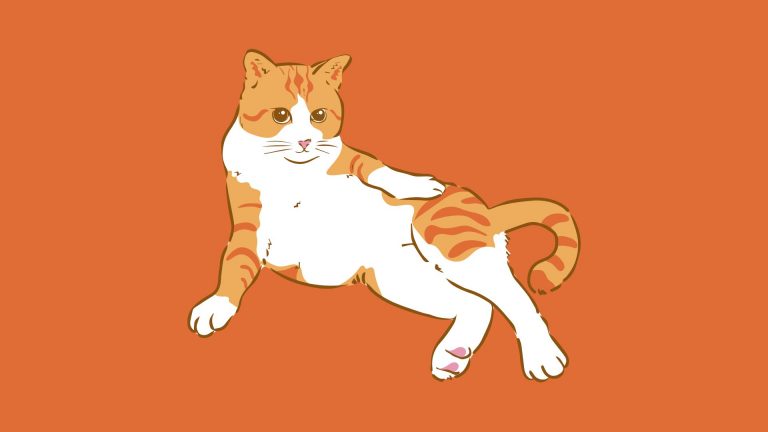Meet The Adorable Animal That Always Looks Like It’s Fighting Sleep And Boredom
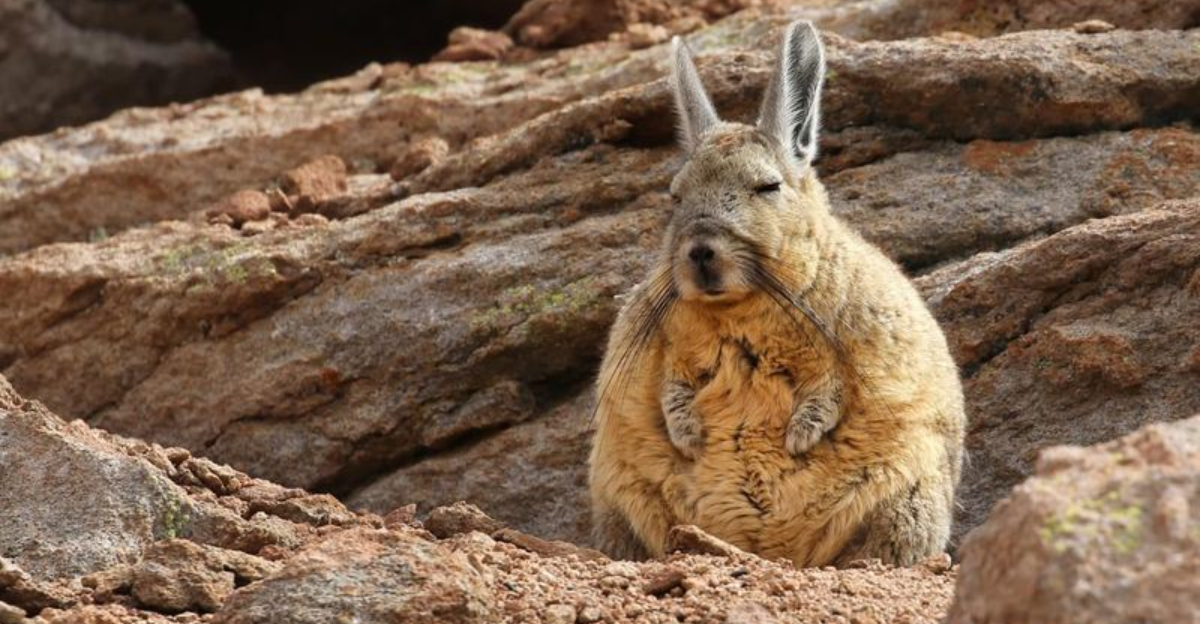
Meet the viscacha – a furry, round-faced rodent with an expression that seems to say, “I need coffee… desperately.” These South American creatures have captivated animal lovers worldwide with their perpetually drowsy appearance and seemingly unimpressed outlook on life.
Whether lounging on rocky outcrops or slowly munching on vegetation, viscachas have mastered the art of looking simultaneously adorable and completely exhausted – a relatable combination that has earned them a special place in the animal kingdom.
What Is A Viscacha? Understanding This Charming Rodent
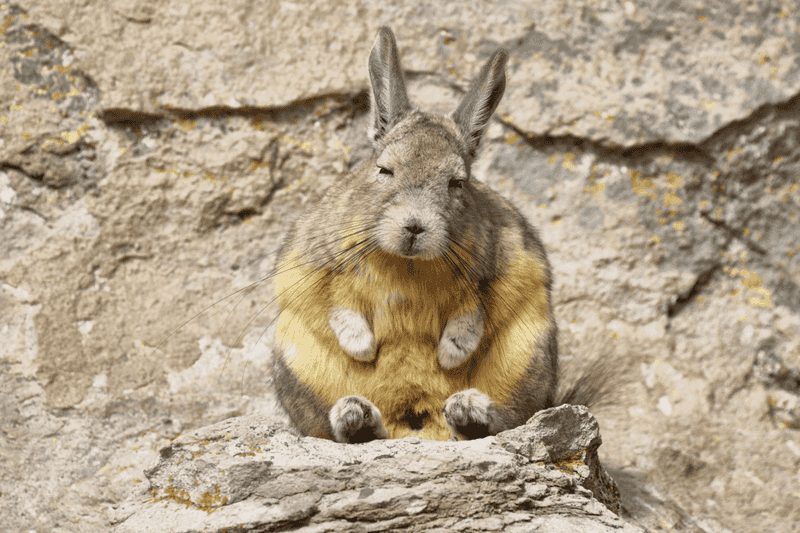
Viscachas are rabbit-like rodents native to South America, particularly the Andes mountains and Patagonian plains. They belong to the chinchilla family, sporting long ears, bushy tails, and distinctive whiskers that would make any mustache enthusiast jealous.
These plump creatures typically reach 12-16 inches in length and weigh between 2-4 pounds. Their dense, soft fur ranges from gray to brown, helping them blend perfectly with their rocky surroundings.
Despite their cuddly appearance, viscachas are wild animals with specific habitat needs and complex social structures that scientists continue to study with fascination.
Viscacha’s Signature Look: Why It Appears Sleepy And Bored
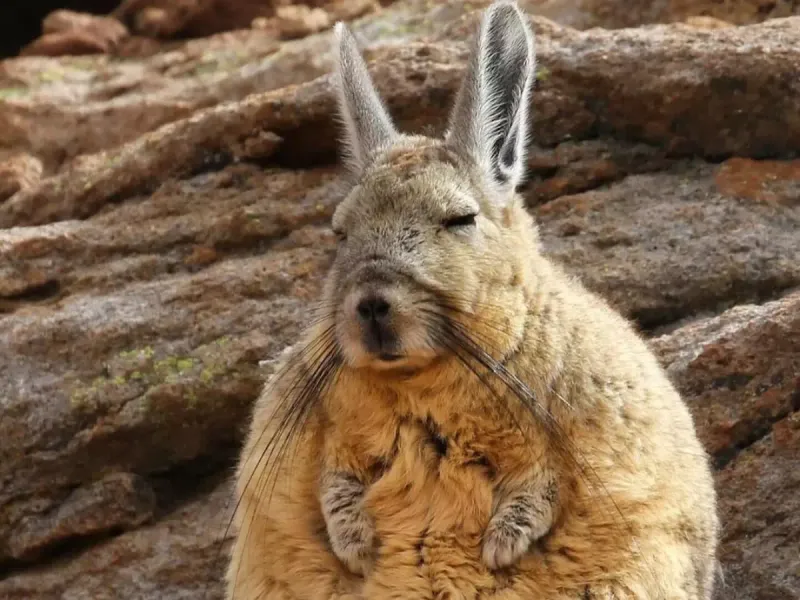
Those half-lidded eyes aren’t just for show! Viscachas have naturally droopy eyelids that give them their perpetual sleepy expression. Evolution crafted this look for sun protection in their high-altitude, bright mountain environments.
Their rounded cheeks and relaxed mouth position contribute to their unimpressed demeanor. When sitting still, which they do frequently to conserve energy and avoid predators, they perfect the “I’d rather be napping” expression.
Interestingly, this drowsy appearance is completely misleading. Viscachas are actually alert and nimble creatures, capable of lightning-quick movements when threatened – they’ve just mastered the poker face of the animal kingdom!
The Viscacha’s Natural Habitat
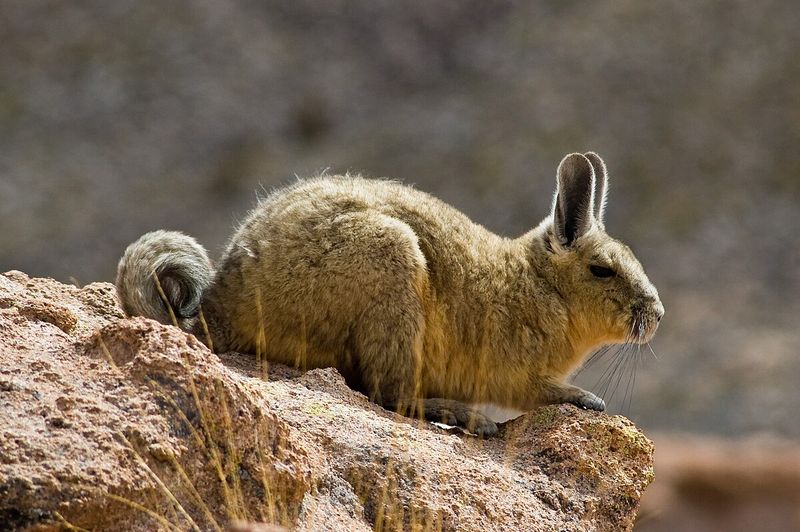
Viscachas are masters of rocky real estate, making their homes in the crevices and caves of Andean mountainsides. These natural fortresses provide protection from predators and harsh weather while offering perfect sunbathing platforms.
Their habitats range from 9,800 to 16,000 feet above sea level, where oxygen is thin and temperatures fluctuate dramatically. Years of adaptation have made them perfectly suited to these challenging conditions.
These rodents transform barren rocky landscapes into communal living spaces called viscacheras. Multiple families share these elaborate systems of tunnels and chambers, creating bustling underground neighborhoods where they can rest their perpetually tired-looking faces in peace.
Viscacha’s Behavior
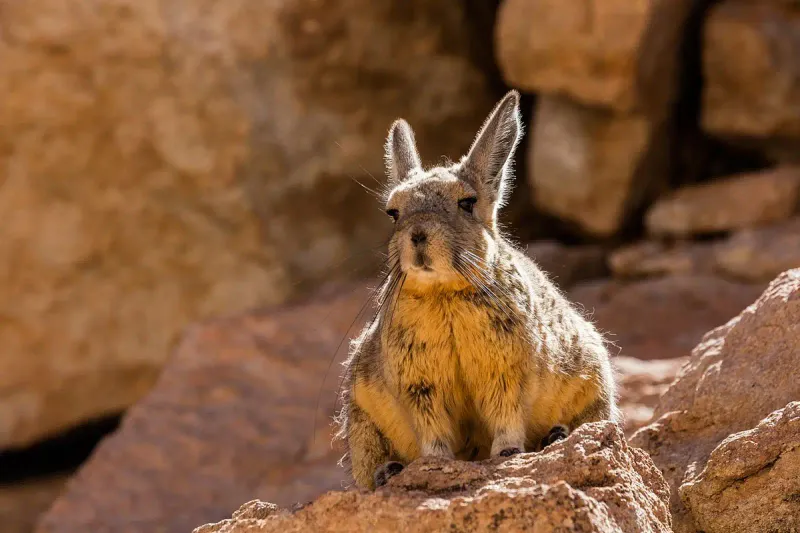
Morning and evening hours bring viscachas to life! These crepuscular creatures avoid the midday heat by retreating to their rocky homes, emerging during cooler periods to feed and socialize. No wonder they always look tired – they’re nocturnal party animals!
When not foraging, viscachas engage in extended grooming sessions, carefully cleaning their luxurious fur with tiny paws. Social bonding happens through mutual grooming, strengthening their community ties.
The unhurried pace of viscacha life isn’t laziness – it’s strategic energy conservation. In their harsh mountain habitats, every calorie counts, so these wise creatures have evolved to move deliberately, making their perpetual look of exhaustion a survival advantage.
How Viscachas Coexist With Other Animals
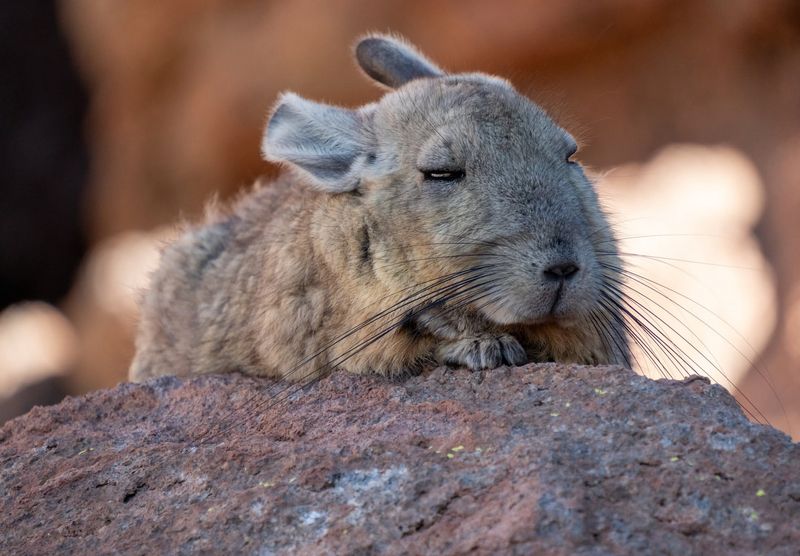
Viscachas have perfected the art of peaceful coexistence in their mountainous neighborhoods. Their rock-dwelling communities often share space with birds, lizards, and other small mammals without much fuss – embodying a “live and let live” philosophy.
Their superpower? Those seemingly bored expressions hide vigilant observers. Viscachas act as natural sentinels, alerting entire ecosystems to approaching predators with distinctive alarm calls.
Mountain foxes and Andean cats consider viscachas a delicacy, but these rodents’ relaxed demeanor conceals impressive defensive skills. They can freeze completely still for long periods or bolt with surprising speed across rocky terrain that would challenge even the most determined predator.
The Viscacha’s Family Life
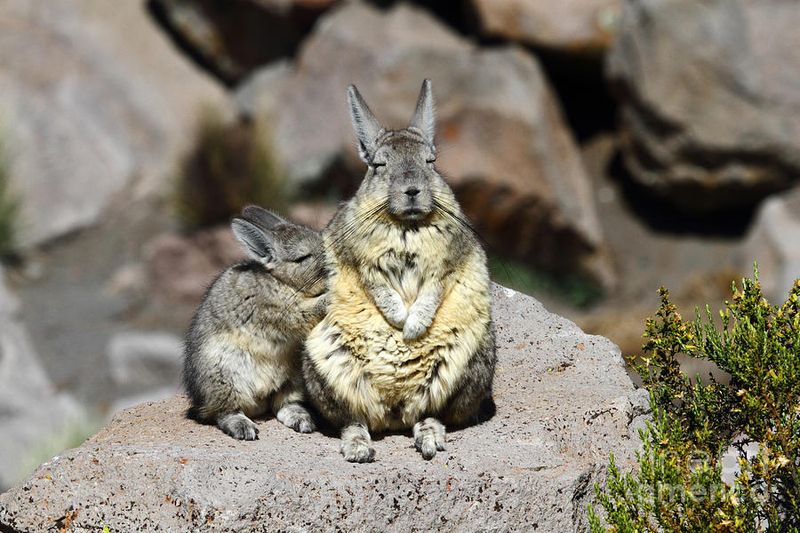
Family is everything in viscacha society! These social creatures live in close-knit colonies called “viscacheras,” where multiple families share underground chambers and lookout rocks. The seemingly tired expressions belie their vibrant social interactions.
Female viscachas typically give birth to two or three babies after a gestation period of about 130 days. The little ones are born surprisingly well-developed – fully furred with open eyes, ready to navigate their rocky world within hours.
Mama viscachas embody calm parenting, nursing their young while maintaining that classic unimpressed expression. Males contribute too, standing guard over the colony and teaching youngsters essential skills like proper sunbathing technique and the fine art of looking perpetually underwhelmed.
Their Diet: A Lazy Feeder Or A Master Of Foraging?
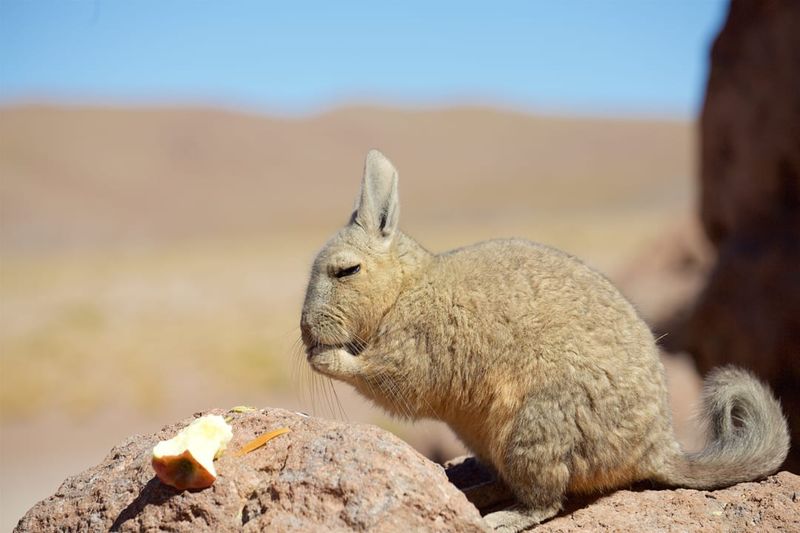
Don’t let that sleepy face fool you – viscachas are strategic eaters! Their diet consists primarily of tough mountain grasses, mosses, and lichens that other animals often ignore. This clever adaptation reduces competition for food in their sparse habitats.
With specialized digestive systems similar to rabbits, viscachas practice coprophagy – re-ingesting certain droppings to extract maximum nutrition. Not glamorous, perhaps, but incredibly efficient for high-altitude living where every calorie counts!
Foraging happens at dawn and dusk when temperatures are milder. Watch a viscacha eat, and you’ll notice their methodical approach – slowly selecting plants, chewing thoroughly with minimal movement, maintaining that signature “too tired to care” expression even while enjoying dinner.
Why Does The Viscacha Look So Unbothered?
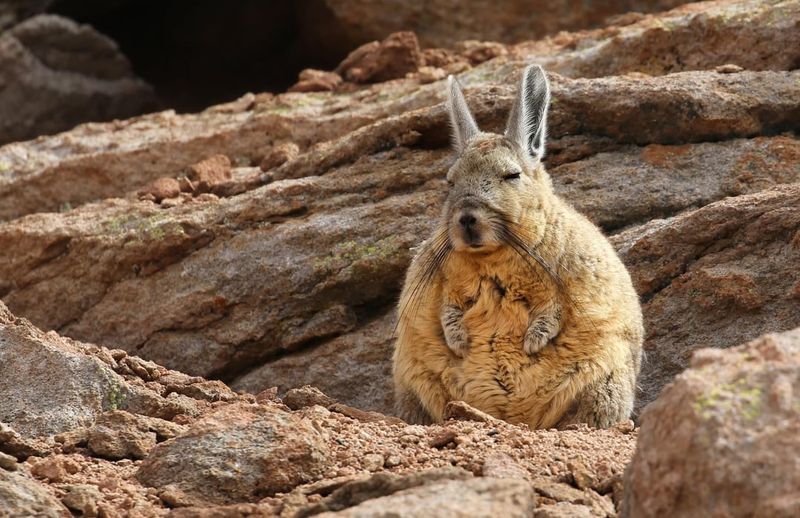
That trademark blasé expression isn’t just adorable – it’s evolutionary genius! Viscachas developed heavy-lidded eyes as protection against harsh mountain sunlight and windblown dust, creating their signature “just woke up” look.
Their round bodies and thick fur minimize heat loss during freezing Andean nights. The energy conservation continues with their slow, deliberate movements – no wasted effort means better survival chances at high altitudes where oxygen is scarce.
Even their seemingly lazy posture serves a purpose. By sprawling on sun-warmed rocks, viscachas efficiently regulate body temperature without expending precious energy. Sometimes looking bored and tired is actually the smartest survival strategy in challenging environments!
Is It Really That Tired?
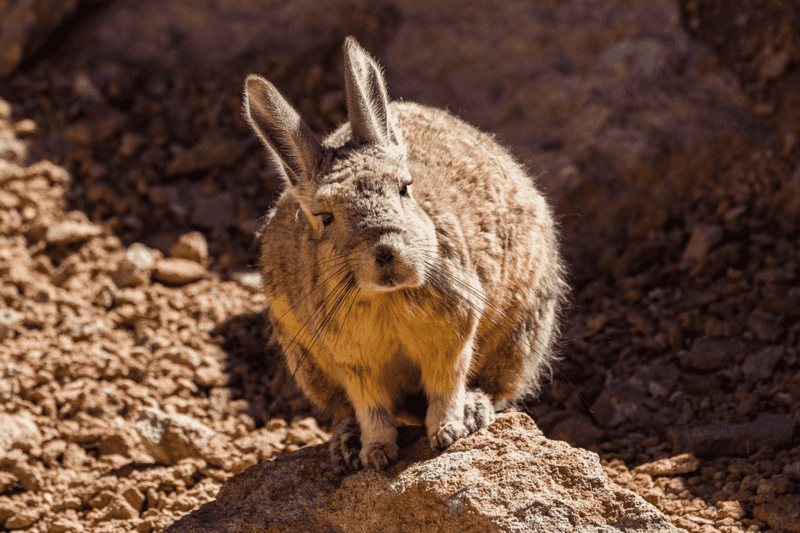
Appearances can be deceiving! Despite looking perpetually exhausted, viscachas are actually energetic creatures during their active hours. Their seemingly sleepy demeanor is simply the result of facial anatomy, not chronic fatigue.
Researchers studying viscacha behavior have documented impressive bursts of speed and agility when these animals play or escape predators. They can leap several feet between rocks and sprint with surprising quickness – all while maintaining that unimpressed expression.
Consider it nature’s greatest poker face. By appearing constantly drowsy, viscachas don’t telegraph their movements to predators. That bored look might just be the world’s most effective survival mechanism, proving sometimes the sleepiest-looking creatures are actually the most clever!
Why We Need To Protect This Cute And Laid-Back Rodent
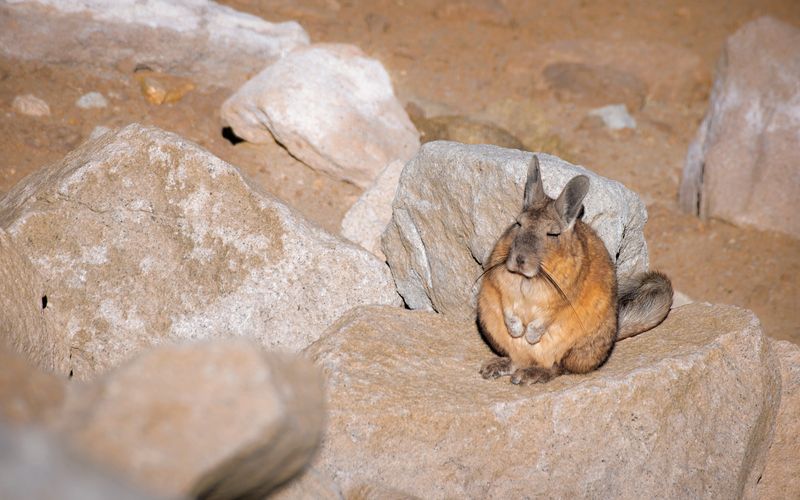
Behind that untroubled expression lies a species facing genuine challenges. Habitat loss from mining operations and agriculture threatens viscacha populations across South America. Climate change also impacts their specialized mountain ecosystems, affecting food availability.
Hunting presents another danger. Some local communities harvest viscachas for meat and fur, while others consider them agricultural pests when they feed on crops.
Conservation efforts are gradually increasing as scientists recognize viscachas’ ecological importance. These rodents create burrow systems that benefit other species, disperse plant seeds, and serve as prey for endangered predators like the Andean cat. Protecting these drowsy-looking creatures means preserving entire mountain ecosystems and their unique biodiversity.
Viscachas Vs. Pikas
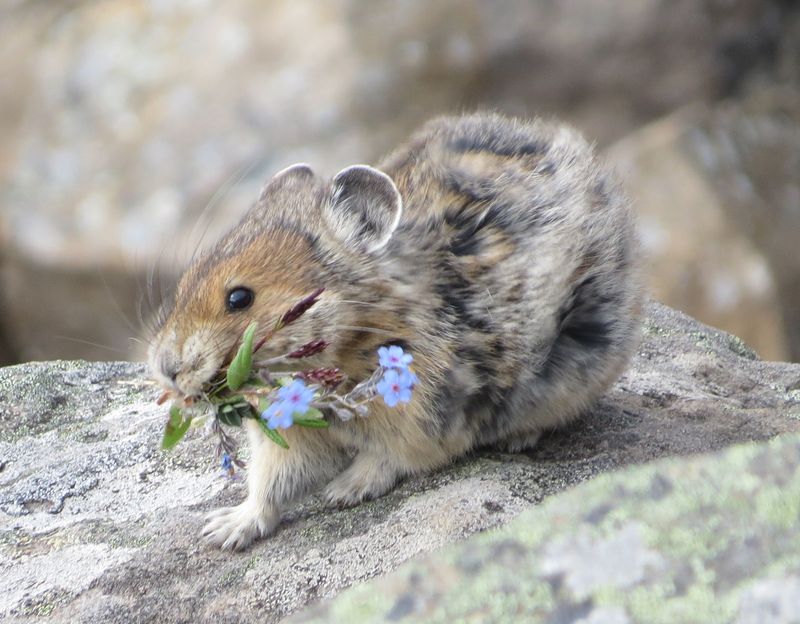
Ever confused a viscacha with a pika? You’re not alone! These adorable mountain-dwelling mammals share remarkable similarities despite evolving on different continents – a classic case of convergent evolution.
Both animals have adapted to rocky, high-altitude habitats with compact bodies, rounded ears, and that characteristic “too tired for this” expression. However, pikas are found across Asia and North America, while viscachas remain South American locals.
Size sets them apart too – viscachas are significantly larger than their pika cousins. Both creatures have become social media darlings for their teddy bear looks and seemingly permanent expression of mild disinterest in everything around them. Nature apparently decided the “perpetually sleepy” look was too good to limit to just one continent!
How Viscachas Became Internet Famous
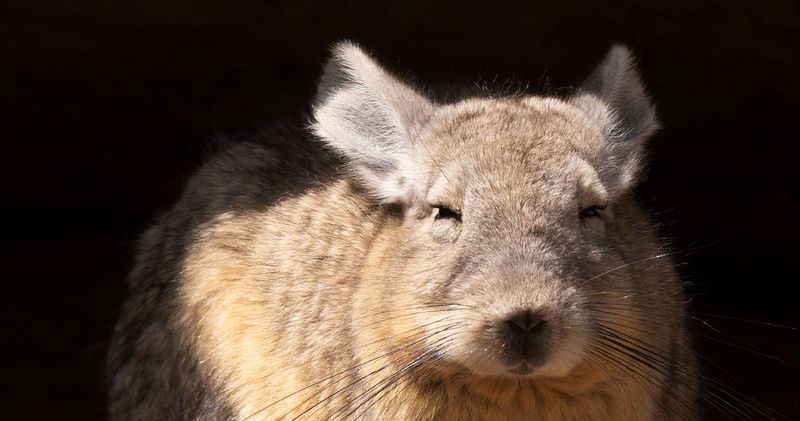
Who knew looking permanently exhausted could lead to fame? Viscachas have emerged as unlikely social media stars, captivating online audiences with their relatable “Monday morning” expressions. Their photos regularly generate thousands of shares with captions like “me before coffee” or “watching another meeting that could have been an email.”
Wildlife photographers trek through challenging Andean terrain just to capture these charismatic creatures in their natural habitat. The contrast between harsh mountain environments and their soft, cuddly appearance creates irresistible imagery.
Beyond entertainment, this internet popularity has raised awareness about viscacha conservation. Many fans who initially fell for the sleepy faces stay to learn about habitat protection efforts, proving sometimes looking perpetually bored can actually help save your species!

